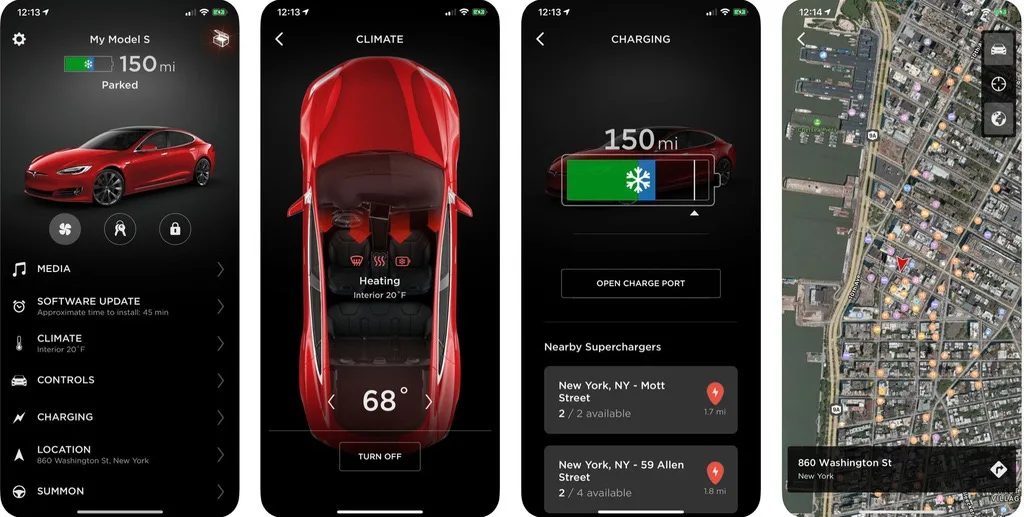In a peculiar turn of events, two alleged thieves in a Tesla Model X were arrested by Gwinnett County Police in Buford, Georgia, after stopping to charge their electric SUV just 10 miles from the crime scene. Despite having a range of up to 348 miles, the suspects apparently needed to top off the battery before continuing their journey. Police officers discovered a number of items believed to be stolen from a Sam’s Club store, including gaming computers, electric toothbrushes, and more, inside the vehicle. They also found two large plastic bags filled with marijuana, two handguns, and an AK-47 pistol.

While electric vehicles have been praised for their cost savings and eco-friendliness, their use in police work has been a topic of debate. Some departments have embraced EVs as a means of reducing costs, while others have expressed concerns about the ability of an electric vehicle to perform in high-speed chases or extended periods of surveillance. However, in this particular case, the electric SUV proved to be an effective tool for tracking down the suspects.
According to reports, witnesses were only able to give a broad description of the vehicle involved in the burglary. However, responding officers had already broadcasted the description to other officers in the area. They eventually located a Tesla Model X at a charging station about 10 miles from the store. It’s not clear whether the SUV was owned by one of the suspects or if it was stolen. Regardless, the fact that the suspects needed to stop and charge their vehicle ultimately led to their capture.

This incident is just one example of how electric vehicles can be used in police work. While their use in high-speed chases may be limited, EVs can still be effective in tracking down suspects, especially in cases where the vehicle involved in the crime has a unique or identifiable appearance. As the popularity of electric vehicles continues to grow, it’s likely that we’ll see more instances of law enforcement agencies using them in their work.


